Ministry Statements & Speeches:
Thank you chair.
New Zealand is proud to cosponsor this important resolution on child, early and forced marriage. An issue, which no one can deny – should be addressed – and a practice that needs to be eliminated.
This year’s resolution clearly puts before us the confronting and alarming lack of progress we are collectively making towards ending CEFM. Existing data shows that, at the current rate of progress, target 5.3 of the Sustainable Development Goals, which involves ending the practice, will not be met in any region of the world by 2030.
In order to meaningfully and effectively confront the practice of CEFM, it is vital to consider the circumstances that can drive it, including humanitarian disasters and poverty, as well as the root causes of gender inequality. These include patriarchal values, gender stereotypes and negative social norms. These drive harmful attitudes, behaviours and customs towards women.
Here in the Third Committee, we often discuss gender equality. This resolution is another example of the importance of continuing to make strides to implement policies and laws which will bring us closer to achieving this still unobtained goal.
We appreciate the co-facilitators approach to include informal unions in this year’s text. In many contexts, girls and adolescents are not legally or religiously married, but instead live in informal unions with similar impacts on their freedom, education, and opportunities as a formal marriage. Girls in informal unions face increased risks of intimate partner violence and significant discrepancies in power within their relationships. They often face disruptions in their access to education, and experience greater barriers to health, social protection, and other critical services.
In order to have an accurate picture of CEFM, adolescents need to be meaningfully considered, and we welcome reference to adolescence through the text. Adolescent girls, are often at greater risk of CEFM. By acknowledging this increased risk, we hope that measures will be taken to ensure adolescents are able to fulfil their chosen aspirations, and have the education and information they need to make informed choices about their future.
As set out in the resolution, CEFM increases vulnerability to all forms of violence, including sexual and gender-based violence. This remains a serious threat to the rights of all women and girls, as well as access to the highest standard of health, including sexual and reproductive health. These references are vital, given the increased the risk of early, frequent and unintended pregnancy, maternal and newborn mortality and morbidity, obstetric fistula and sexually transmitted infections, when CEFM has taken place. And for adolescent mothers, there are higher risks of pregnancy complications, and of low birth weight, preterm birth and severe neonatal conditions for their babies.
We welcome the resolution’s call to ensure access to justice and accountability mechanisms and remedies to see the effective implementation and enforcement of laws aimed at preventing and eliminating CEFM, including the elimination of loopholes in customary and family laws.
As this year marks the tenth anniversary of the resolution in the Third Committee, we want to acknowledge the leadership and stewardship of both Canada and Zambia, and in particular, the fair, transparent and inclusive process they ran this year.
Thank you.

